Finished Product Display
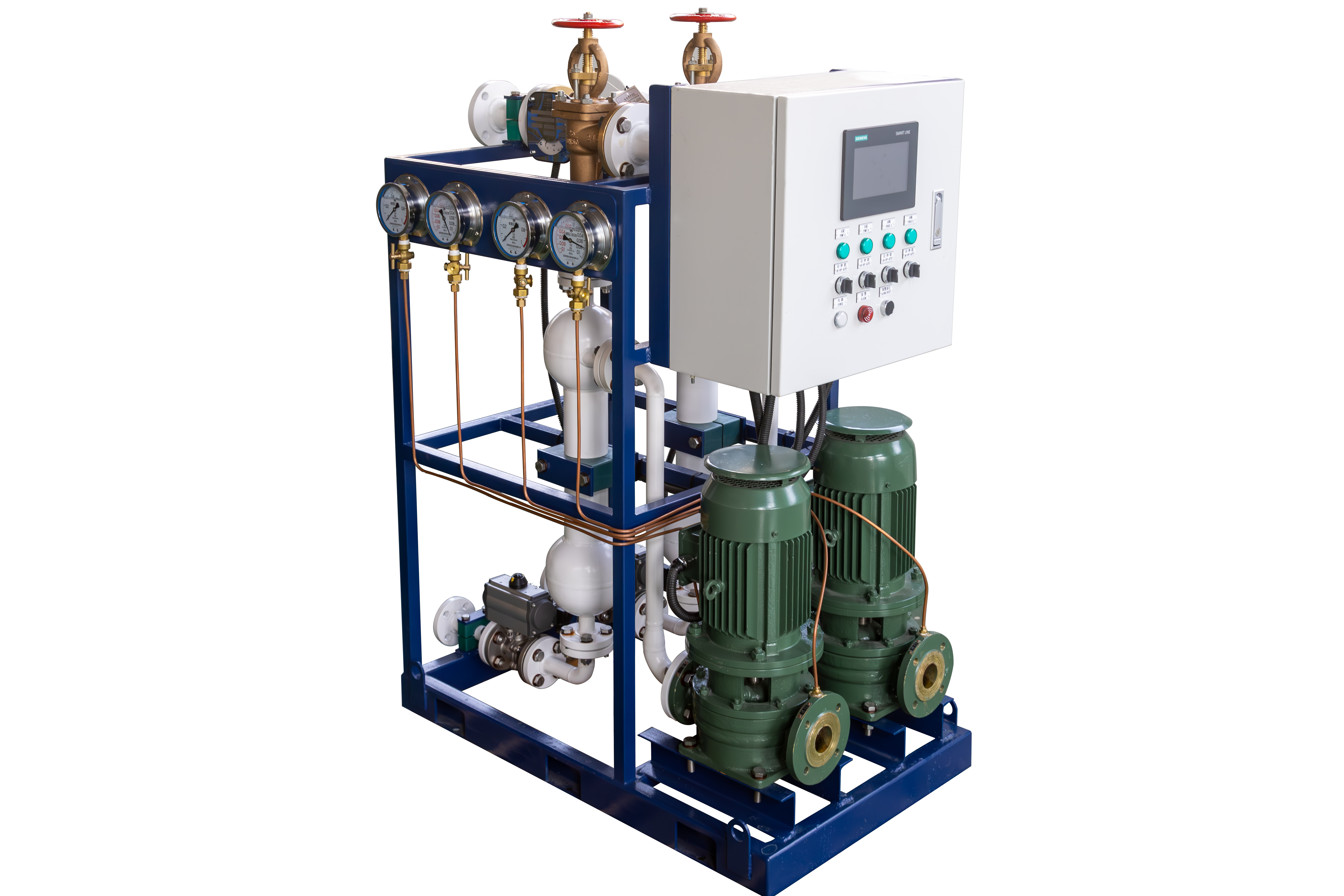
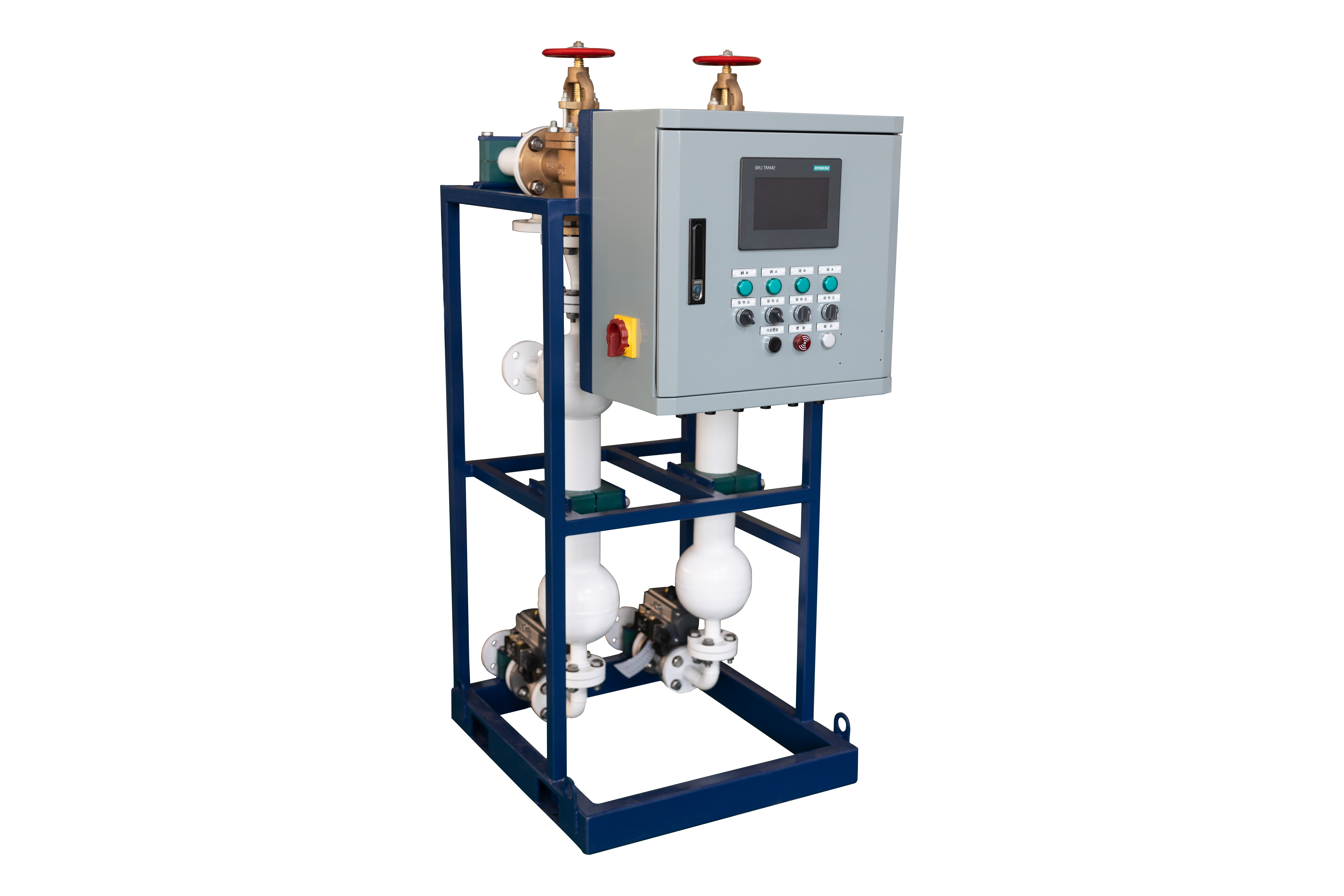
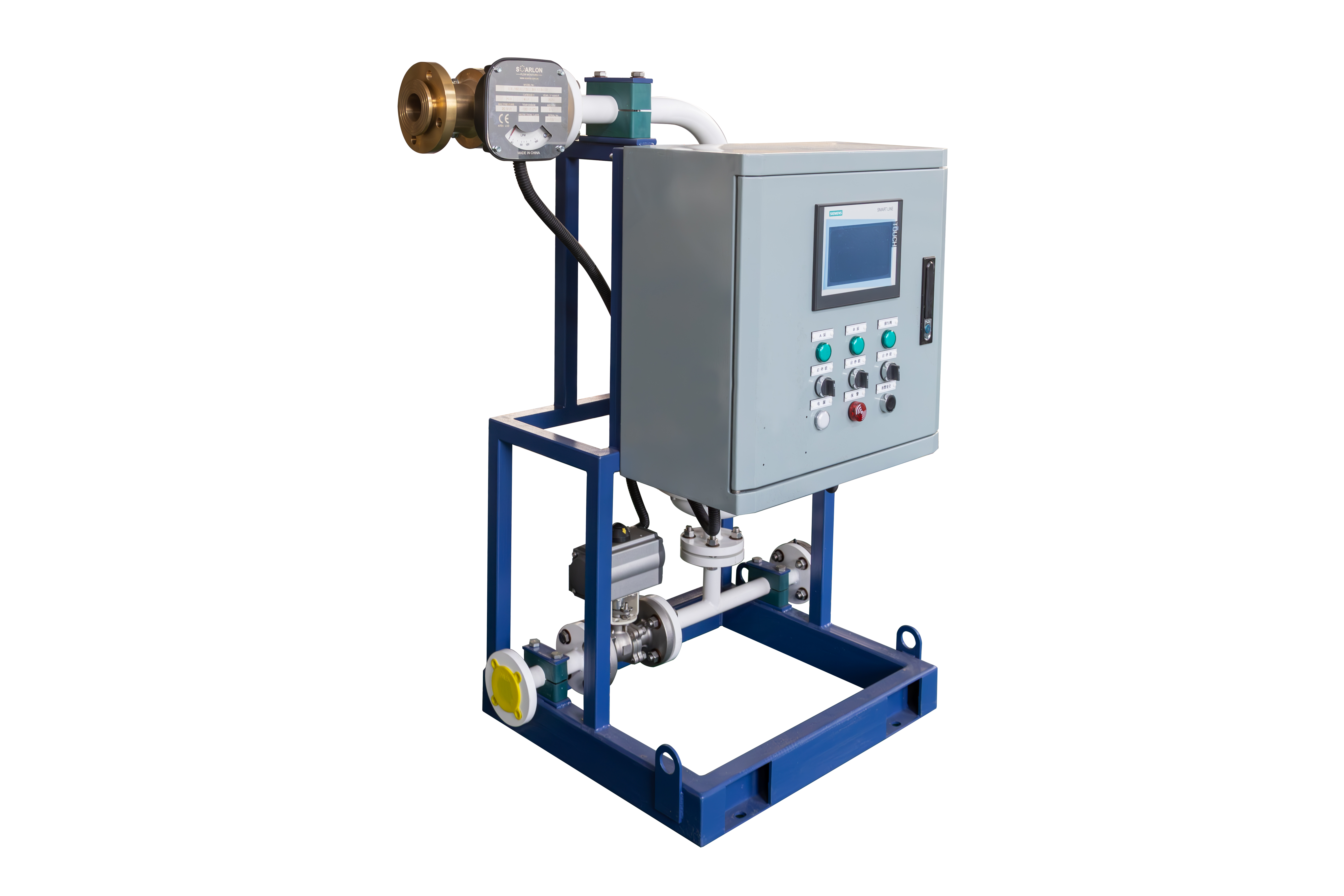
More styles are under development...
------The water quality processor has been installed and is currently in operation on site------
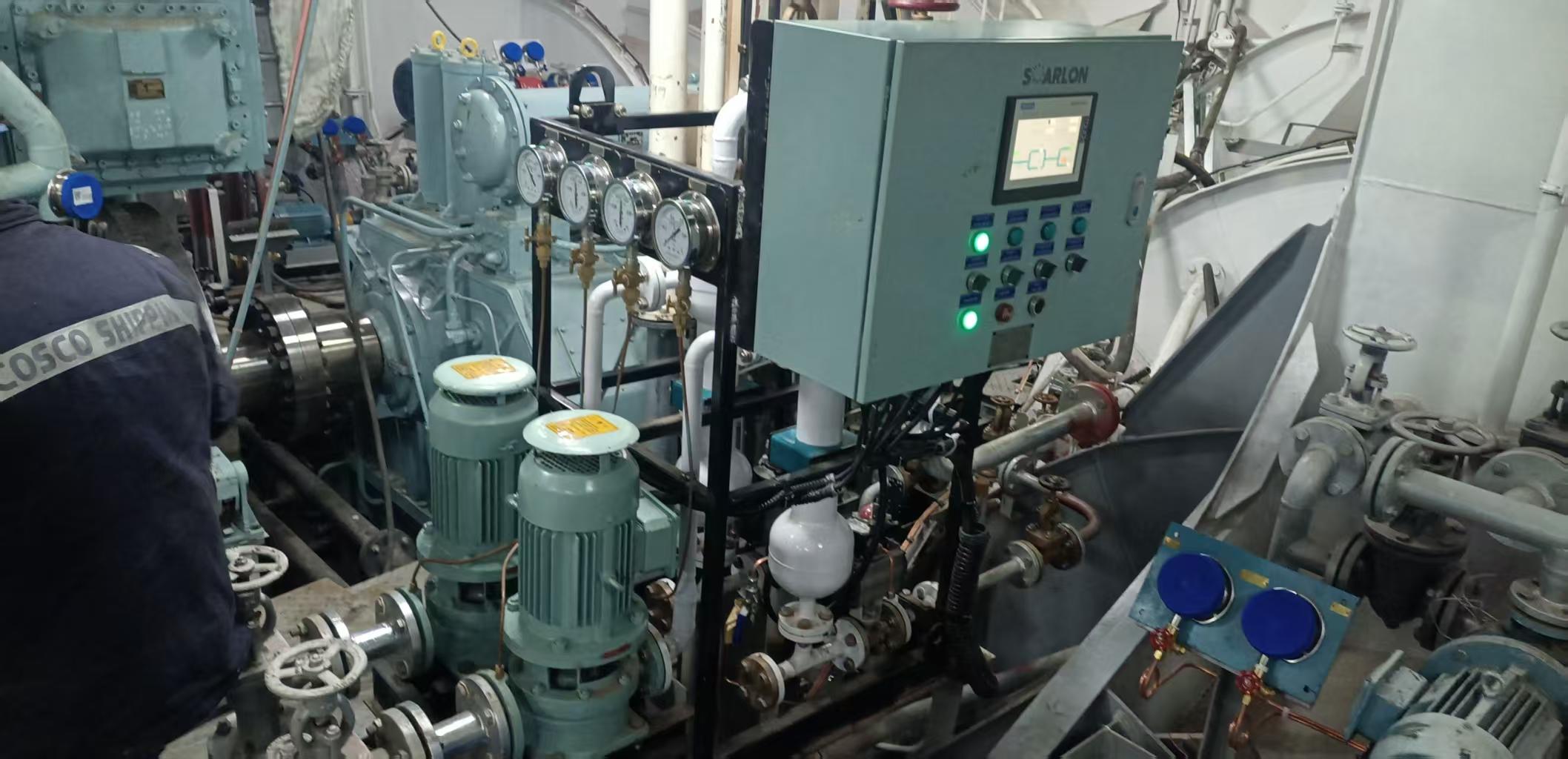
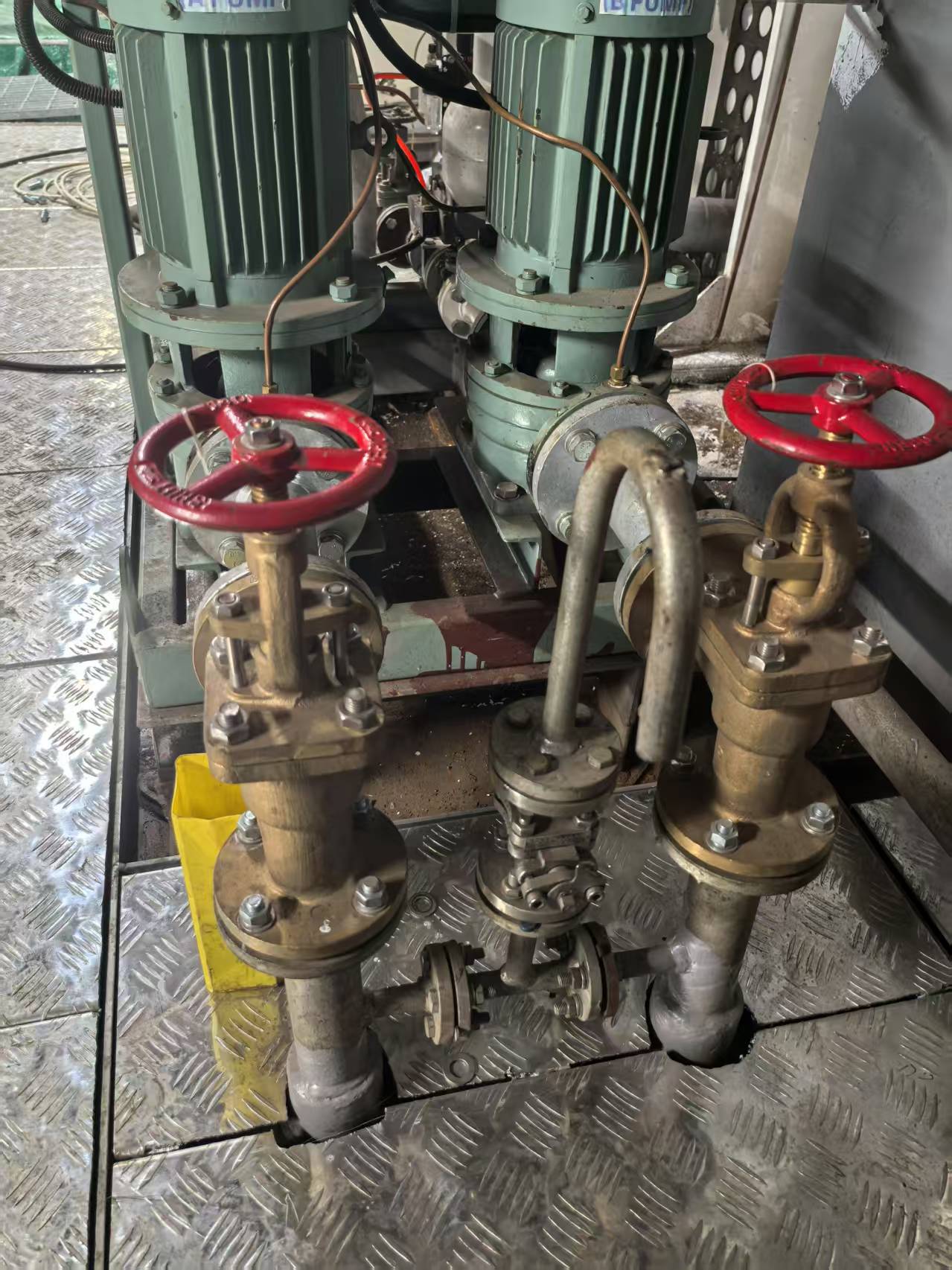
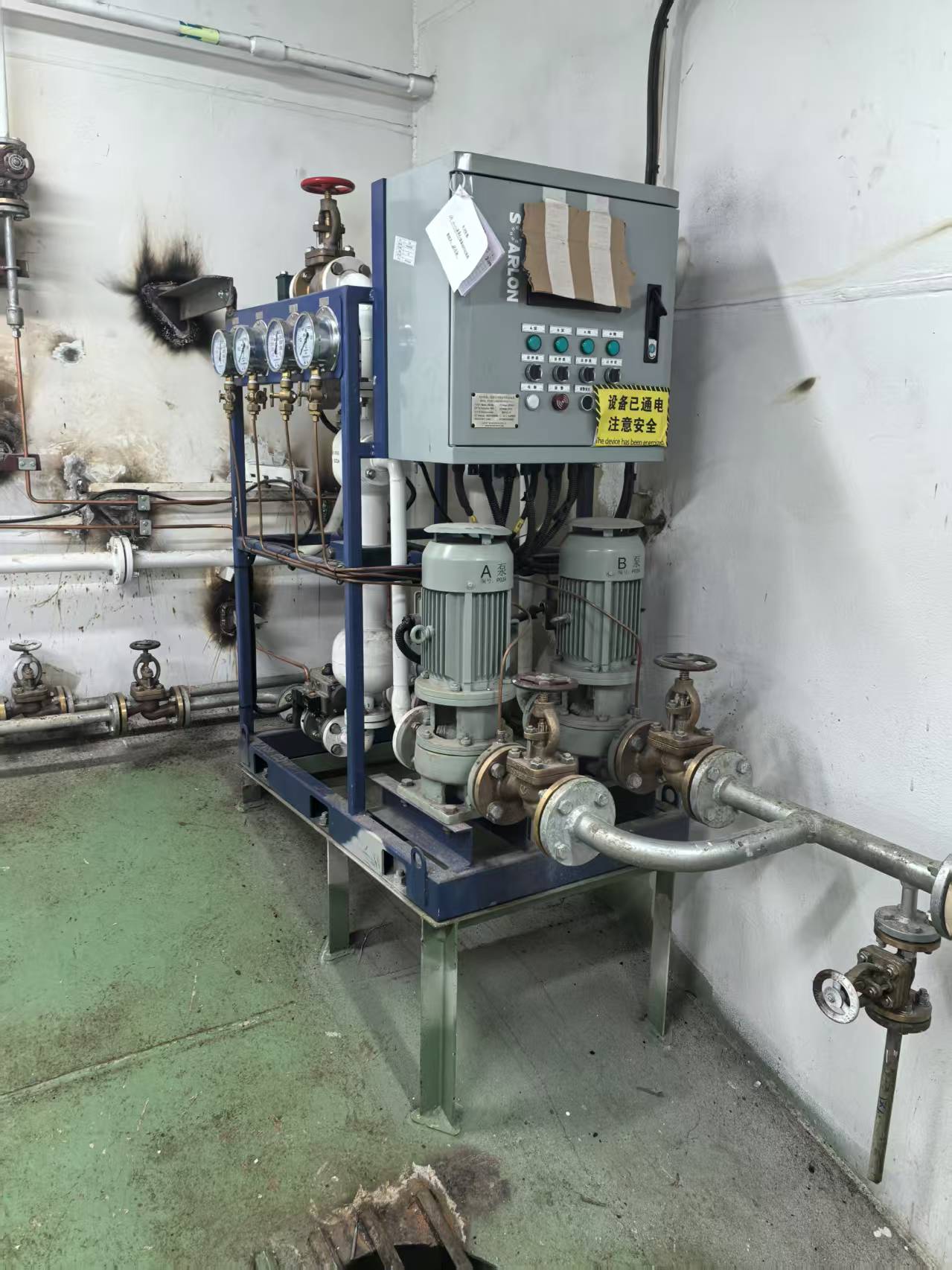
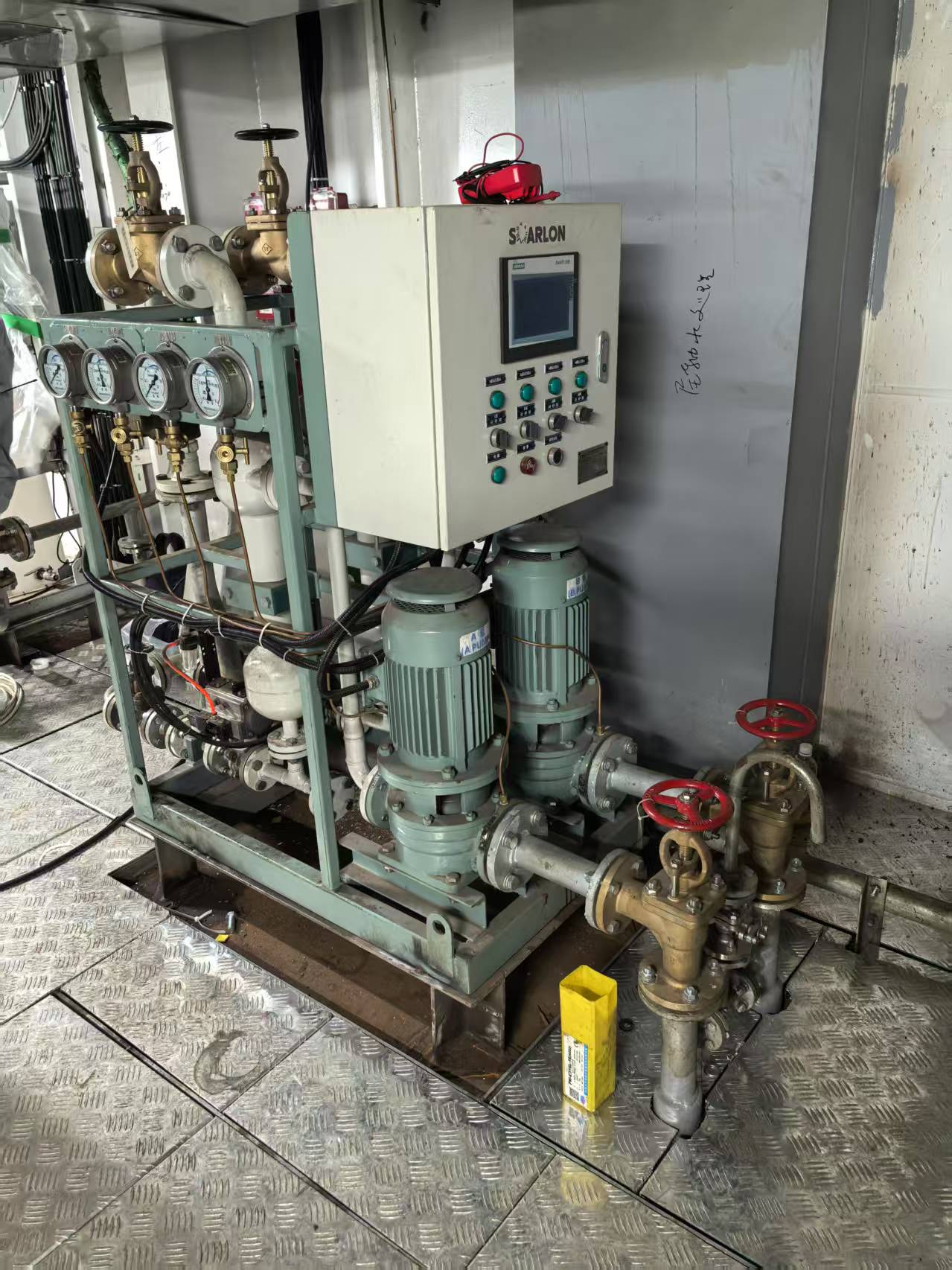
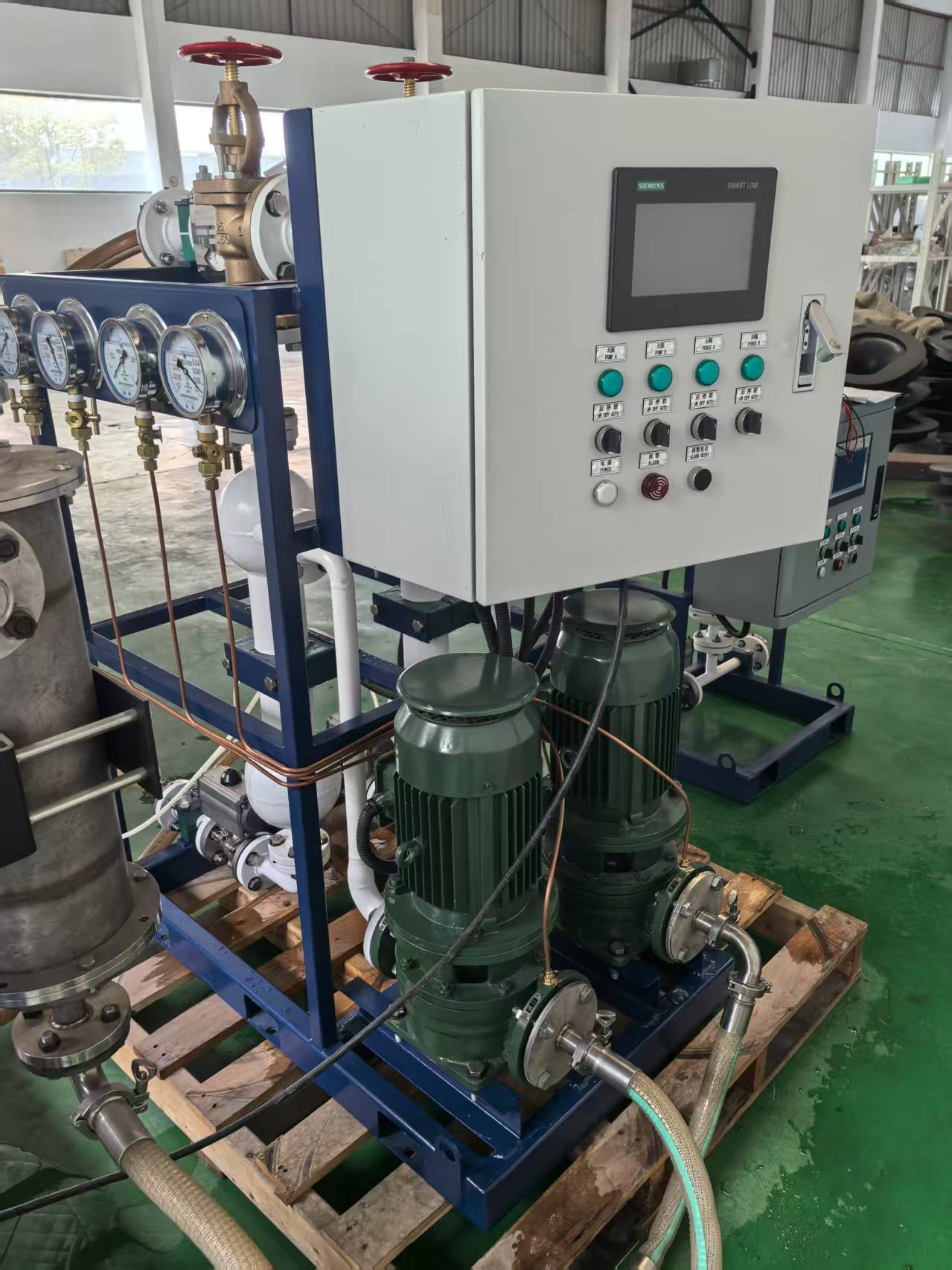
Product Introduction of SOARLON Water Quality Processor
The water quality processor for the ship’s stern shaft (or related anti-pollution equipment) plays an important role in the ship system. It is mainly used to protect the mechanical components of the stern shaft, prevent environmental pollution, and improve the operation efficiency of the ship. The following is a detailed description of its core advantages and functions:
I. Main Advantages
1.Environmental Protection
– Prevention of Oil Pollution Leakage: Through high-efficiency sealing and oil-water separation technologies, it reduces the leakage of stern shaft lubricating oil into the ocean, avoiding water pollution and complying with the environmental protection regulations of the International Maritime Organization (IMO), such as the MARPOL Convention.
– Reduction of Biological Pollution: Some equipment can inhibit the marine organisms attached to the hull (such as barnacles and algae), reducing the interference with the marine ecosystem.
2.Extending the Mechanical Service Life
– Anti-corrosion Protection: It treats the salt and impurities in the water quality, reducing the corrosion of the stern shaft and bearings, and extending the service life of the equipment.
– Reducing Wear and Tear: It keeps the lubrication system clean, prevents particulate matter from entering the stern shaft seal, and reduces mechanical wear.
3.Improving Operational Efficiency
– Reducing Resistance: By preventing the attachment of organisms, it maintains the smoothness of the hull surface, reduces the resistance during navigation, and saves fuel consumption (it can save 3% to 8% of the fuel cost).
– Enhancing Stability: It ensures the sealing performance of the stern shaft system and avoids sudden failures caused by water leakage or lubrication failure.
4.Compliance and Economy
– Meeting Regulatory Requirements: It avoids high fines or operational restrictions caused by pollution issues.
– Reducing Maintenance Costs: It decreases the frequency and cost of maintenance caused by corrosion or pollution.
II. Main Functions
1.Stern Shaft Seal Management
– Double Seal System: It adopts a combination of mechanical seal and air/water seal to prevent seawater intrusion and the leakage of lubricating oil.
– Automatic Monitoring: It is equipped with sensors to monitor the seal pressure and the state of the lubricant in real time, and gives timely warnings of leakage risks.
2.Oil-water Separation and Treatment
– Separating Oil-containing Sewage: Through technologies such as centrifugation and filtration, it separates the oil stains in the stern shaft lubrication system to ensure that the discharged water quality meets the standards (oil content < 15ppm).
– Recycling: Some advanced systems can recycle the treated lubricating oil, reducing resource waste.
3.Water Quality Purification and Anti-pollution
– Electrolytic Anti-pollution Technology: By electrolyzing seawater to generate sodium hypochlorite, it inhibits the attachment of organisms around the hull and the stern shaft.
– Filtering Impurities: It removes suspended particles in the water to protect the stern shaft bearings and seals from wear.
4.Intelligent Control
– Automatic Operation: It is integrated with a PLC control system, which can automatically adjust the treatment parameters (such as flow rate and pressure) according to the navigation status.
– Remote Monitoring: It supports the uploading of data to the ship management system, facilitating the shore-based team to conduct fault diagnosis and maintenance planning.
III. Typical Application Scenarios
– Ocean-going merchant ships: Meeting the environmental protection and mechanical protection requirements for long voyages.
– Cruise ships and passenger ships: With high requirements for silence and comfort, they need to reduce the risk of mechanical failures.
– Military ships: Emphasizing reliability and low maintenance needs, and being adaptable to complex marine environments.
IV. Precautions
– Regular maintenance: It is necessary to clean the filter and check the condition of the seals to prevent the equipment from malfunctioning due to blockages.
– Technical adaptation: When selecting the equipment, it is necessary to match the type of ship, the design of the stern shaft, and the characteristics of the navigation waters (such as high-salinity and low-temperature sea areas).
In conclusion, the SOARLON water quality processor for the ship’s stern shaft has become an indispensable part of modern ships through environmental protection, mechanical protection, and efficiency optimization. Its core value lies in balancing the operation cost and environmental protection responsibilities, while improving the reliability and economy of the ship. In practical applications, it is necessary to select technical solutions according to specific needs and pay attention to daily maintenance to ensure long-term operation.
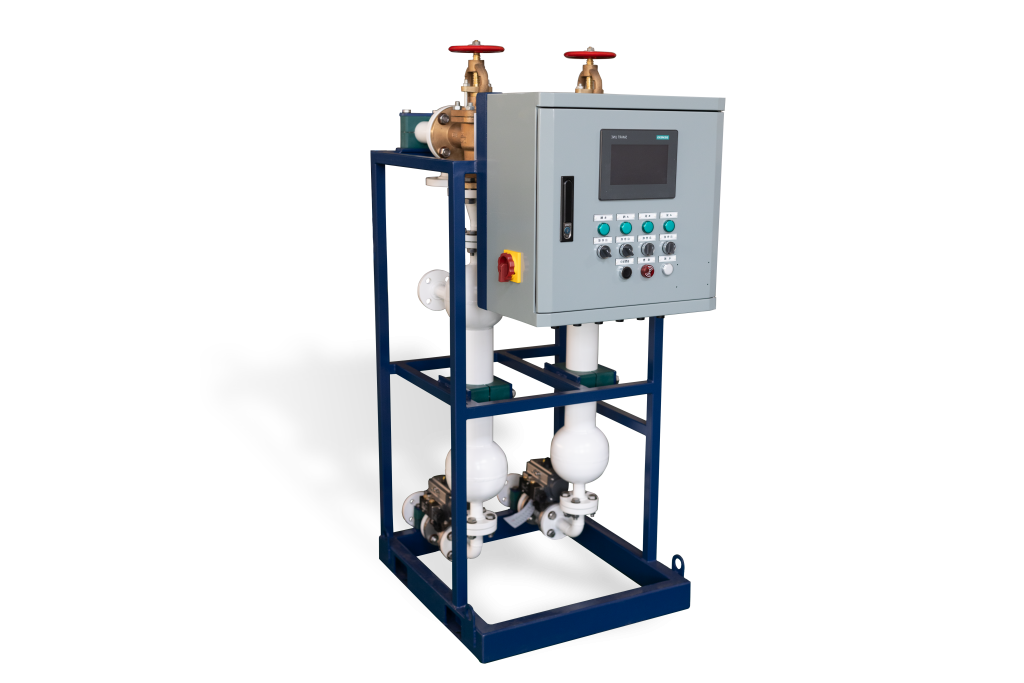
Finished Product Display



More styles are under development...
----The water quality processor has been installed and is currently in operation on site----





1.Environmental Protection
– Prevention of Oil Pollution Leakage: Through high-efficiency sealing and oil-water separation technologies, it reduces the leakage of stern shaft lubricating oil into the ocean, avoiding water pollution and complying with the environmental protection regulations of the International Maritime Organization (IMO), such as the MARPOL Convention.
– Reduction of Biological Pollution: Some equipment can inhibit the marine organisms attached to the hull (such as barnacles and algae), reducing the interference with the marine ecosystem.
2.Extending the Mechanical Service Life
– Anti-corrosion Protection: It treats the salt and impurities in the water quality, reducing the corrosion of the stern shaft and bearings, and extending the service life of the equipment.
– Reducing Wear and Tear: It keeps the lubrication system clean, prevents particulate matter from entering the stern shaft seal, and reduces mechanical wear.
3.Improving Operational Efficiency
– Reducing Resistance: By preventing the attachment of organisms, it maintains the smoothness of the hull surface, reduces the resistance during navigation, and saves fuel consumption (it can save 3% to 8% of the fuel cost).
– Enhancing Stability: It ensures the sealing performance of the stern shaft system and avoids sudden failures caused by water leakage or lubrication failure.
4.Compliance and Economy
– Meeting Regulatory Requirements: It avoids high fines or operational restrictions caused by pollution issues.
– Reducing Maintenance Costs: It decreases the frequency and cost of maintenance caused by corrosion or pollution.
1.Stern Shaft Seal Management
– Double Seal System: It adopts a combination of mechanical seal and air/water seal to prevent seawater intrusion and the leakage of lubricating oil.
– Automatic Monitoring: It is equipped with sensors to monitor the seal pressure and the state of the lubricant in real time, and gives timely warnings of leakage risks.
2.Oil-water Separation and Treatment
– Separating Oil-containing Sewage: Through technologies such as centrifugation and filtration, it separates the oil stains in the stern shaft lubrication system to ensure that the discharged water quality meets the standards (oil content < 15ppm).
– Recycling: Some advanced systems can recycle the treated lubricating oil, reducing resource waste.
3.Water Quality Purification and Anti-pollution
– Electrolytic Anti-pollution Technology: By electrolyzing seawater to generate sodium hypochlorite, it inhibits the attachment of organisms around the hull and the stern shaft.
– Filtering Impurities: It removes suspended particles in the water to protect the stern shaft bearings and seals from wear.
4.Intelligent Control
– Automatic Operation: It is integrated with a PLC control system, which can automatically adjust the treatment parameters (such as flow rate and pressure) according to the navigation status.
– Remote Monitoring: It supports the uploading of data to the ship management system, facilitating the shore-based team to conduct fault diagnosis and maintenance planning.
– Ocean-going merchant ships: Meeting the environmental protection and mechanical protection requirements for long voyages.
– Cruise ships and passenger ships: With high requirements for silence and comfort, they need to reduce the risk of mechanical failures.
– Military ships: Emphasizing reliability and low maintenance needs, and being adaptable to complex marine environments.
– Regular maintenance: It is necessary to clean the filter and check the condition of the seals to prevent the equipment from malfunctioning due to blockages.
– Technical adaptation: When selecting the equipment, it is necessary to match the type of ship, the design of the stern shaft, and the characteristics of the navigation waters (such as high-salinity and low-temperature sea areas).

